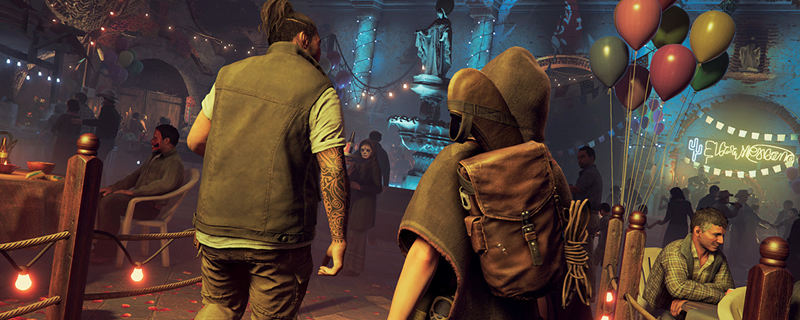Shadow of the Tomb Raider RTX Performance Review – Ray Tracing and DLSS Analysed
DLSS Image Quality Impact Â
When Nvidia first revealed DLSS, they promised to deliver levels of image quality that are superior to TAA while also providing a hefty performance boost. Not only that, but thanks to the power of machine learning, that company’s DLSS algorithm will get better over time. Â
When Metro Exodus launched (pre-release performance analysis here), we found that the image quality offered by DLSS was not even close to a native resolution presentation. Yes, things got a lot better with future game patches (DLSS Retest here), but the game still could not offer quality levels that fully matched the game at a native 4K resolution. That said, the performance boost is definitely worth the quality loss in some cases, especially at 4K.
As we move into Shadow of the Tomb Raider, we cannot expect the same results. After all, this game isn’t Metro, and secondly, the game has been available for a while. Nvidia has had a long time to send Shadow of the Tomb Raider reference images through their supercomputer, though at the time of writing we have not received a “Game Ready driver from the company for Shadow of the Tomb Raider with RTX enabled. Â
Image comparisons
All of the screenshots below are 800×450 sections of larger 1440p images. These shots allow us to look at the differences between both pictures with a 1:1 pixel count on our website. The siders below will enable our readers to be compared the game with DLSS On and DLSS Off.Â
The image below showcases Lara scaling a cliff-face in an early section of the game. To start, we will note that the screenshot with DLSS enabled appears sharper than the native 1440p image, something that is especially noticeable on the cliff-face and the foliage at the left of the shot.Â
Another factor we noticed that that specular highlights were much more pronounced when DLSS is enabled, giving the image appear brighter when DLSS is enabled. This trend is also seen in other game locations.Â
(DLSS Off VS DLSS On)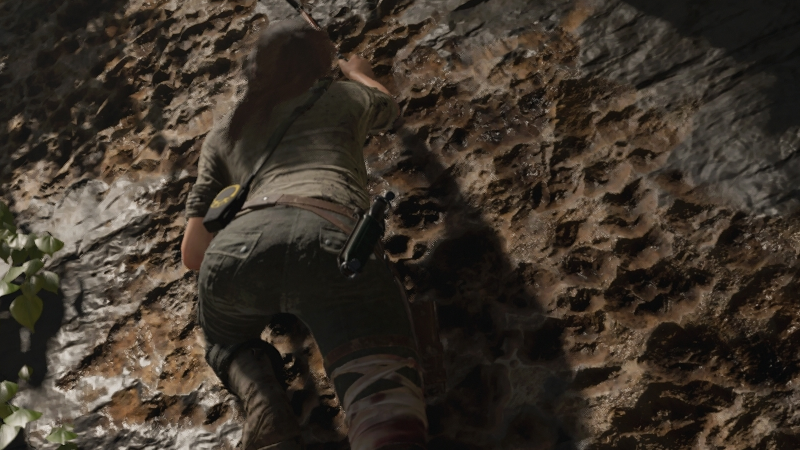 Â Â
  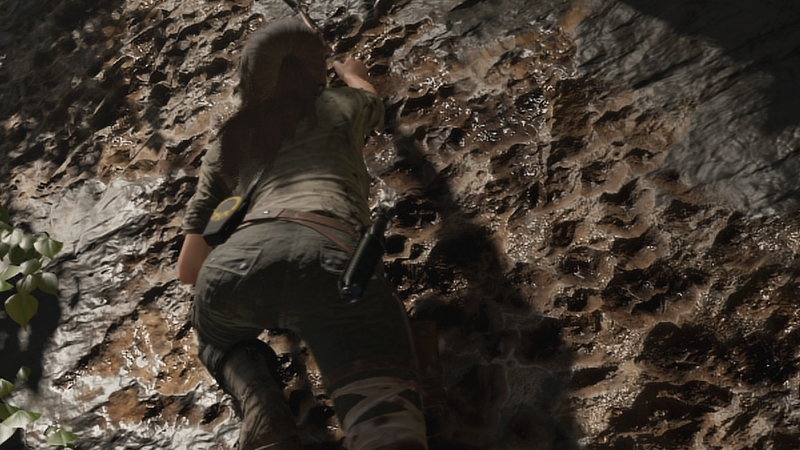
 Â
In this second shot, we can see relatively few differences when DLSS is enabled/disabled, with both providing similar levels of image quality. As a whole, the image with DLSS appears sharper, but they are both similar enough to make distinguishing between the two difficult in-game.Â
Again specular highlights seem larger when DLSS is enabled, making the DLSS image appear brighter in several locations. At 1440p, it is difficult to tell if DLSS is on or off, which speaks volumes as to how well the feature is implemented within the game.Â
(DLSS Off VS DLSS On)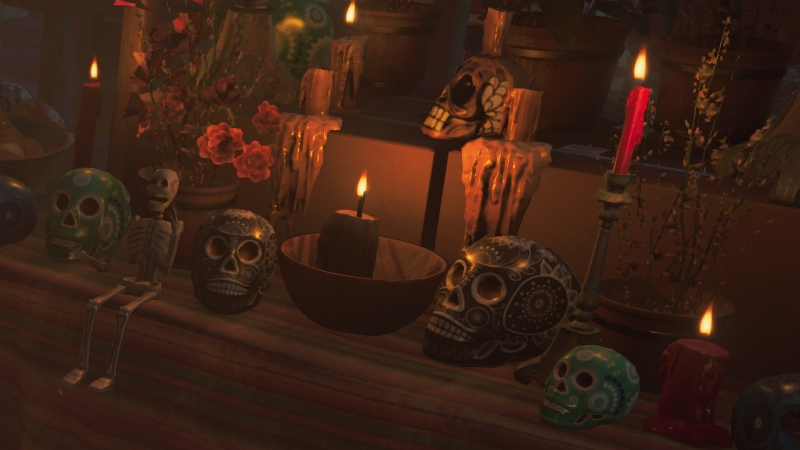 Â Â
  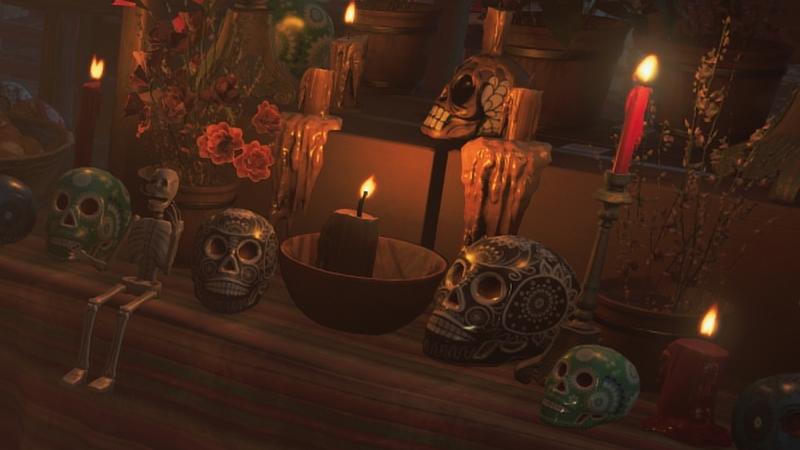
 Â
In our third shot, we found that certain aspects of the image favoured DLSS off while some favoured DLSS on, with Lara’s clothing appearing sharper (look at her shoulder) when she is close to the player’s viewport when DLSS is disabled.
Look! He said DLSS looks worse when enabled! See? DLSS is worse, right? Wrong! Looking elsewhere in the image we can also see locations where DLSS offers better levels of image quality. Look at the stones and grass at the left-hand side of the image and the rocks in the distance. All of these features look sharper when DLSS is enabled, which makes neither DLSS on or DLSS off “better” or “worse” in all cases.  Â
More often than not, we found that DLSS on provided better image quality than the game’s stock TAA implementation, at least to our eyes. This does not apply to all cases, but that is the nature of the technology. DLSS approximates more detail to create higher resolution images, which by its very nature will produce images that are different to a fully calculated native resolution rendering.Â
(DLSS Off VS DLSS On)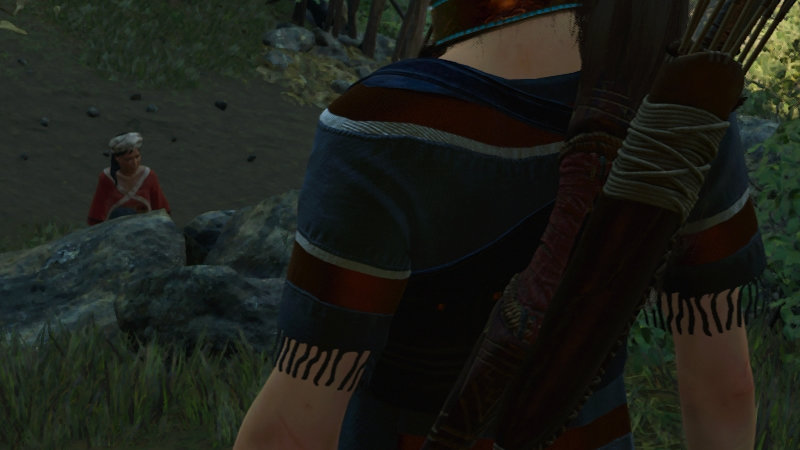 Â Â
  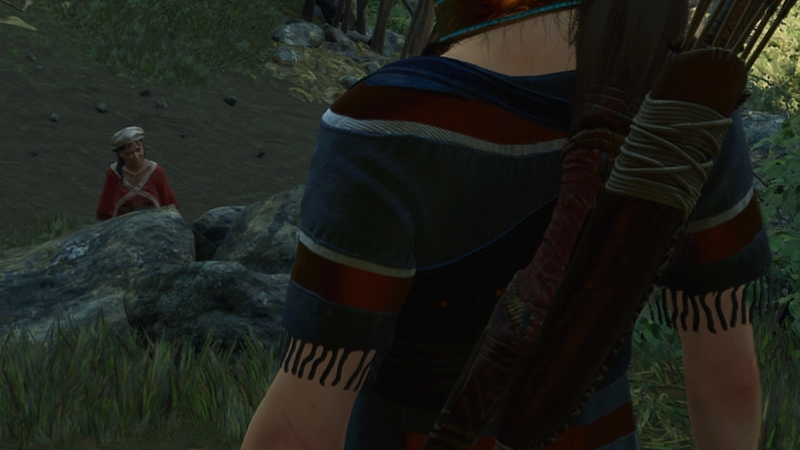
 Â
In our final image, we can see that DLSS presents increased sharpness in some areas and reduced detail in others. Notice that the table covering isn’t as sharp after it is folded over and drapes over the front of the table when DLSS is enabled, but that the scales of the large fish on top of the table are better defined when DLSS is turned on.Â
There is no clear-cut winner or loser here. DLSS looks different, but better in some cases and worse in others. Ultimately, both are close enough to make them indistinguishable outside of a side-by-side comparison at 1440p and 4K. This similarity in quality makes the performance gain offered by DLSS more than worthwhile on RTX series graphics cards at high resolutions.Â
(DLSS Off VS DLSS On) Â Â
  



